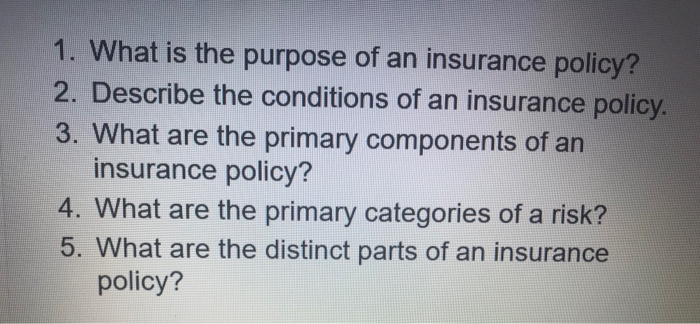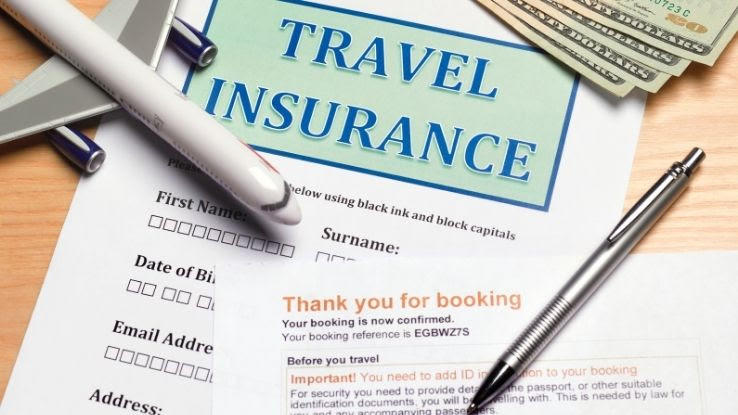Some Known Incorrect Statements About Pacific Prime
Some Known Incorrect Statements About Pacific Prime
Blog Article
The 2-Minute Rule for Pacific Prime
Table of ContentsNot known Details About Pacific Prime Some Known Factual Statements About Pacific Prime The Single Strategy To Use For Pacific PrimeIndicators on Pacific Prime You Should Know
In most states, the insurance firm is needed to send you a duplicate of the adjustments to your policy. It is necessary that you read Endorsements or Bikers so you understand exactly how your plan has altered and if the plan is still sufficient to satisfy your needs. To acquire a copy of your insurance coverage, please call your insurance policy agent or company.
The Institute of Medication (IOM) Committee on the Repercussions of Uninsurance launches an extended examination of proof that addresses the relevance of health insurance policy protection with the publication of this report. Coverage Issues is the very first in a series of 6 reports that will certainly be released over the next 2 years documenting the reality and repercussions of having actually an estimated 40 million individuals in the United States without medical insurance protection.

Not known Incorrect Statements About Pacific Prime
The goal of this collection of studies is to refocus plan focus on a longstanding problem. Adhering to the longest financial expansion in American history, in 1999, an approximated one out of every six Americans32 million grownups under the age of 65 and even more than 10 million childrenremains uninsured (Mills, 2000).

10 percent of the populace accounts for 70 percent of healthcare expenses, a relationship that has actually remained constant over the past three decades (Berk and Monheit, 2001) - global health insurance. Therefore health insurance policy proceeds to serve the feature of spreading out risk even as it increasingly finances routine treatment. From the perspective of health care carriers, insurance policy lugged by their people aids safeguard an earnings stream, and neighborhoods take advantage of financially practical and secure healthcare experts and establishments
Federal government supplies medical insurance to populations whom the private market may not offer properly, such as impaired and seniors, and populations whose accessibility to wellness treatment is socially valued, such as children and pregnant females. The utmost ends of health and wellness insurance coverage for the specific and neighborhoods, including workplace communities of workers and companies, are improved health and wellness end results and top quality of life.
The 7-Minute Rule for Pacific Prime
Workers rate medical insurance initially by far in importance among all the advantages provided in the office (Salisbury, 2001). Although there have been substantial investments of individual and public funds to provide wellness insurance, many individuals still have no protection. Regardless of comprehensive coverage of study searchings for and health treatment study results, the public remains baffled and misinformed regarding Americans without medical insurance and the implications of lacking protection.

Without question, the complexity of American healthcare funding devices and the wealth of sources of info add to the general public's complication and skepticism about medical insurance data and their analysis. This record and those that will certainly adhere to purpose to boil down and present in readily understandable terms the substantial research that births on concerns of medical insurance coverage and its value.
Fifty-seven percent of Americans questioned in 1999 thought that those without wellness insurance coverage are "able to get the care they require from medical professionals and hospitals" (Blendon et al., 1999, p. 207). In 1993, when nationwide focus was concentrated on the issues of the uninsured and on pending health care regulation, simply 43 percent of those surveyed held this belief (Blendon et al., 1999).

They also obtain less find more information precautionary services and are much less likely to have regular take care of chronic problems such as hypertension and diabetes. Persistent illness can result in expensive and disabling difficulties if they are not well handled (Lurie et al., 1984; Lurie et al., 1986; Ayanian et al., 2000). One national study asked more than 3,400 adults about 15 extremely major or somber conditions.
Not known Facts About Pacific Prime
Extra proof exists later on in this phase in the discussion of insurance and access to healthcare. https://dzone.com/users/5122954/pacificpr1me.html. Individuals without medical insurance are young and healthy and balanced and select to go without insurance coverage. Nearly half (43 percent) of those evaluated in 2000 believed that individuals without health insurance policy are a lot more likely to have health and wellness problems than people with insurance policy
Voters and plan manufacturers in focus team conversations define those without insurance policy as youths who have the possibility to be covered and feel they do not need it (Doorperson Novelli, 2001). Contrasted to those with at the very least some exclusive protection, the uninsured are much less most likely to report being in exceptional or really good health and wellness (Firm for Medical Care Research Study and Quality, 2001).
SOURCE: Center for Price and Funding Studies, Company for Health Care Study and Quality, based on MEPS data. Young person in between 19 and 34 are much more likely to lack medical insurance than any other age. This is mainly since they are much less often qualified for employment-based insurance coverage due to the nature of their task or their brief tenure in it.
The assumption that individuals without insurance policy have better-than-average health follows from confusing the relatively young age profile of the uninsured with the better health, usually, of younger persons. This covers the web link in between wellness condition and medical insurance. For those without accessibility to work environment medical insurance, poor health is a potential barrier to buying nongroup insurance coverage because such coverage might be very valued, omit pre-existing conditions, or be simply unavailable.
Report this page